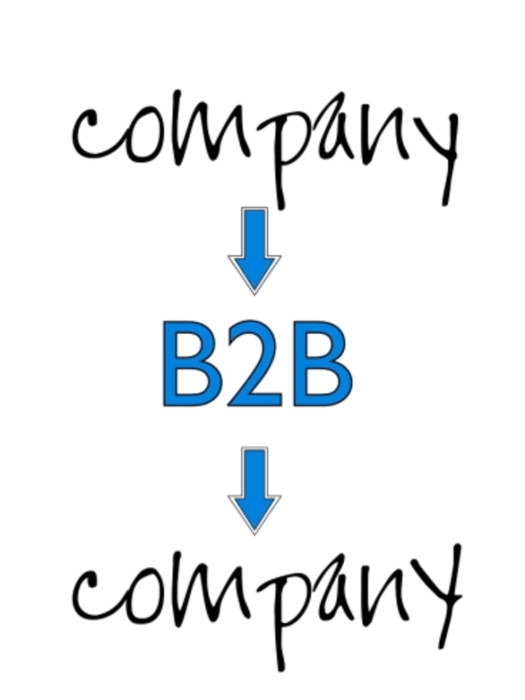Lately there has been talk in the trade press about the difficulty of applying the targeting techniques used for consumer advertising to B2B. One in particular that caught our attention was Al Urbanski’s piece entitled Targeting Remains a Challenge for B2B Marketers.
B2B marketers are facing a perplexing situation. While they understand the value company size and industries bring to the quality of a lead, they are less likely to use this level of targeting in their advertising campaigns. According to a survey released in December 2012 by DemandBase and Ziff Davis, 45% of respondents state that they used company size when evaluating leads, while only 25% say they devote resources to targeting larger companies.
We’ve identified five tactics that can help B2B marketers maximize the effectiveness of their campaigns.
1. Job industry/vertical targeting helps B2B advertisers cut the waste by reaching key verticals that are most likely within the target audience of their product/service. For example, one publisher’s business-category targeting enables advertisers to show ads to users based on the industry they work in and the size of the company
2. IP targeting lets marketers identify whether a customer logs on to the Internet from a business or home connection. While some eschew IP targeting due to privacy concerns, this kind of targeting permits advertisers to reach key accounts and cut the waste.
3. Combining vertical targeting with job titles and company size refines the B2B advertiser’s coverage to ensure that they’re reaching the right consumer with the proper message. There are several publishers that offer this. Some collect data from registrant records across thousands of websites to pull the business professionals’ industry, company size, job function, and seniority. Others derive all of their professional data from their own business social network. This provides some of the richest, most current data.
4. First-party data targeting allows advertisers to reach more prospects that share the same characteristics as their current customer base. In doing so, advertisers are able to find their best prospects. This includes lookalike targeting, social graph targeting, and a combination of the two coupled with search history targeting.
- Lookalike targeting – Builds a profile of the advertiser’s customers by modeling based on real-time visitor and purchaser data.
- Social graph targeting – Reaches the social connections of most recent customers based on the content they share with their peers and what they follow. Data is pulled from vendors’ proprietary social sharing tools, including sharing widgets and link shorteners.
- Multi-graph targeting – Starting with a lookalike model of the advertiser’s customers; search history, behavioral, and social data is layered on to refine targeting.
5. CRM data targeting takes a look at an advertiser’s customer database, identifies key characteristics between the different profiles, and finds new prospects across hundreds of email lists and websites that match the advertiser’s current customer profile. CRM targeting can be deployed across email, direct mail, and display campaigns. Some vendors create a profile that advertisers can deploy through their preferred DSP and manage on their own, while others will build the profile and execute the buy across their inventory sources.
Contrary to the concern about lack of options, B2B marketers have many resources and methods available to help them limit waste and focus their media dollars on the prospects that matter most to their business.
Dawn-Marie Miesner is associate media director at Mediasmith Inc.







